Light Leaking Through Trees
There's a word for that.
A couple of weeks ago I was introduced to the concept of komorebi, “sunlight leaking through trees,” by a renowned maple tree breeder, Talon Buchholz, who, as he told the story, had been introduced to this wondrous term by his wise, poetic partner and wife, Haruko while standing in a sunlit grove of maples.
Imagine Paul McCartney sitting down next to you on a park bench to tell you the story behind that song of his you’re humming.
Imagine Steven Spielberg tapping you on the shoulder, offering to help shoot a video of you and your friend acting out some goofball movie scene with your phone to send to the friends who couldn’t make it to the gathering that day.
…or being read a poem on your birthday by Mary Oliver.
It felt kinda like that.
“You love maples,” Haruko had said, standing next to him, “So when you look up, you see their beautiful leaves. When I look up I see the light leaking between the leaves… This is komorebi.”
(I’m paraphrasing here what Talon related to me from memory.)
I had never met Mr. Buchholz before that delightful encounter. He came up to me in one of the tour gardens while I was looking up into the backlit canopy of leaves. That is the story he introduced himself with. Shazzam!
I had been hearing little snippets of stories about Mr. Buchholz for years through maple and conifer people who know him, and had observed the hushed wave of respect that flowed his direction when he and Haruko had entered and made their way toward the back of the conference room earlier that morning. The guy’s a living legend, having introduced more than a hundred cultivars of Japanese Maples, from the Ghost Family to the Japanese Princess and approximately seventy other, non-Acer plants, the majority of which are conifers.
I was standing up front when they walked in, going over my notes one more time, preparing to open the conference with a slide lecture on making better plant portraits, offering playful new ideas and tools to arm and empower the smartphone and camera shooting attendees of the North American Maple Society symposium during their visits to several, amazing, Puget Sound area gardens over the next few days.
Our conversation in the garden continued while, eyes dancing, he spoke of his utter delight at seeing a beautiful, rare, high-altitude conifer, Abies squamata (Flakey Bark Fir) that graced another part of that same private garden we were standing in. In its native environs, Abies squamata is a subalpine zone tree, the highest-occuring fir known, growing at elevations as high as 4700 meters above sea level, which makes it among the highest growing of any tree species on earth. It thrives on the eastern margins of the Tibet-Qinghai Plateau and in the high mountains of adjoining provinces, a very dry area, characterized by long, cold winters with abundant snowfall, and short, cool summers with relatively low rainfall.
Silly me. I’d walked right past it. He’d noticed it right off. And yes, of course, I did make my way back to look again with newly informed, more appreciative eyes.
So, komorebi. You and I already know the experience of this notion, intimately, that dance of backlit leaves, the lightplay and sense of magic. Most of us just didn’t know there was a word for it. Leave it to the nature-observant Japanese to have a term that contains just the mix of subtlety and nuance this phenomenon expresses.
Komorebi
木漏れ日
(pronounced kō-mō-reh-bē)
Literally, “sunlight leaking through trees,” this word describes the beauty and wonder of rays of light dappling through overhead leaves, casting dancing shadows on the forest floor.
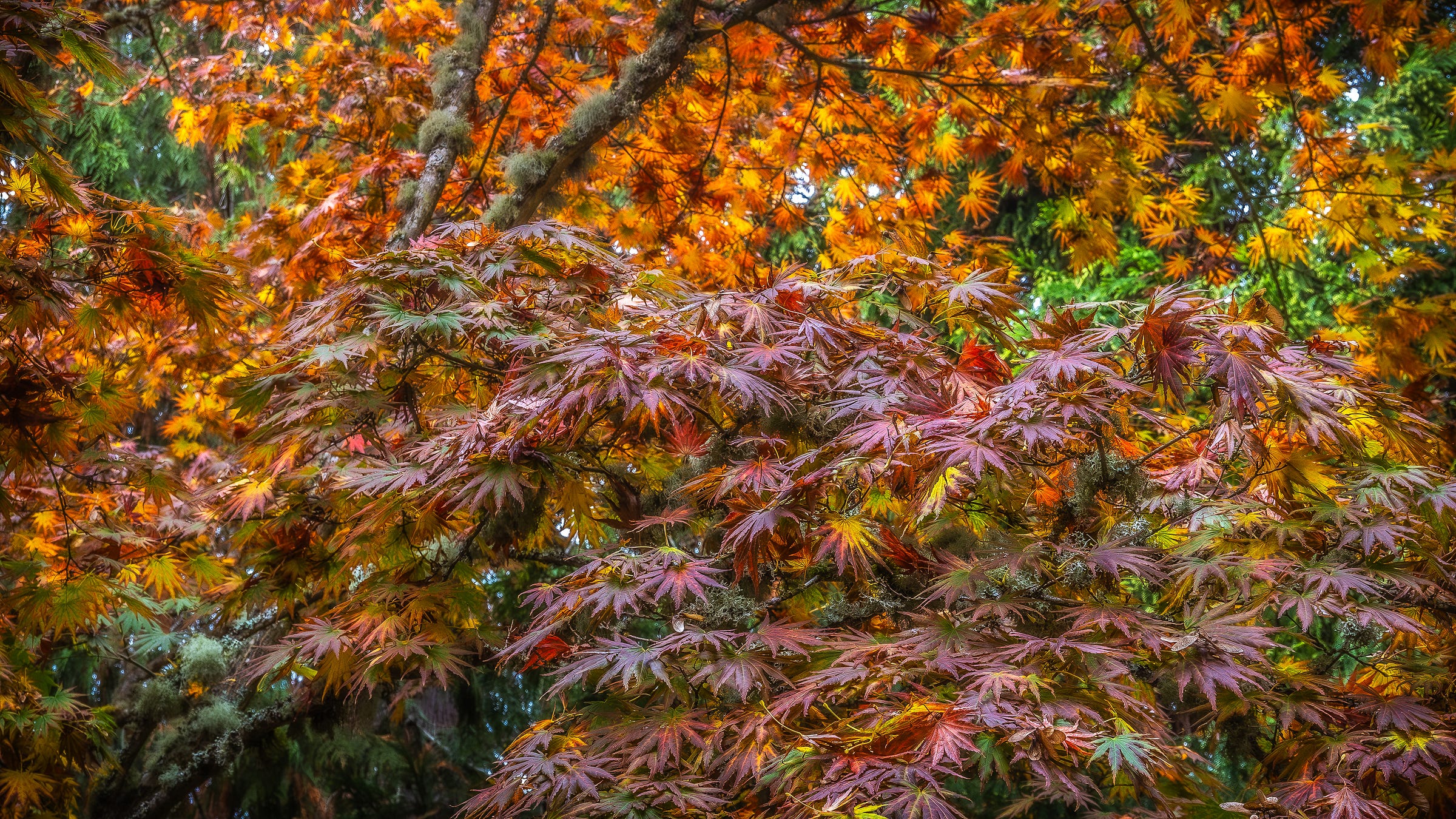
We’ll soon be past any further possibility of komorebi until next spring, as all the glorious leaves from this year’s photosynthetic extravaganzas flutter earthward, releasing from their parent trees and shrubs, succumbing to the laws of gravity, entropy and decay, the transformative march of seasons.
For the next handful of months we will need to rely on pictures, camera-captured or memory-etched to help us remember, on nights where winds howl and rains pound ceaselessly, healing images carrying that play of light while somehow, also trailing a hundred remembered sounds and imagined smells along with them.
For now, I offer several recently photographed variations on glowing, komorebi imagery: light leaking ever so beautifully through trees.
Magic.
May your winter be kind and may you learn at least a dozen wonderful new words by the time komorebi feels like an old friend within your comfortable vocabulary, and is, once again a possibility within your forest-bathing, wanderings. Seriously, who doesn’t love a magical new word?
Namasté, my friends.


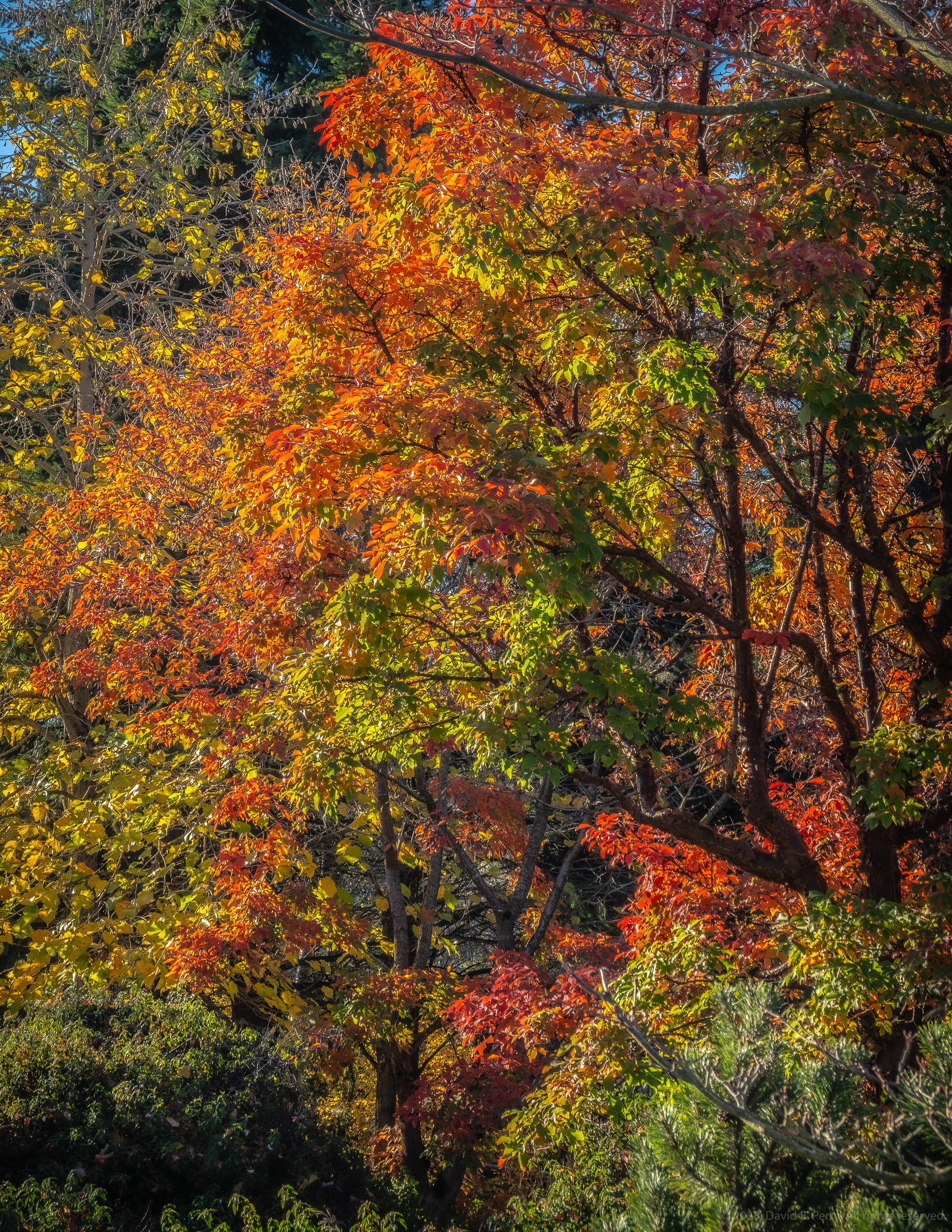
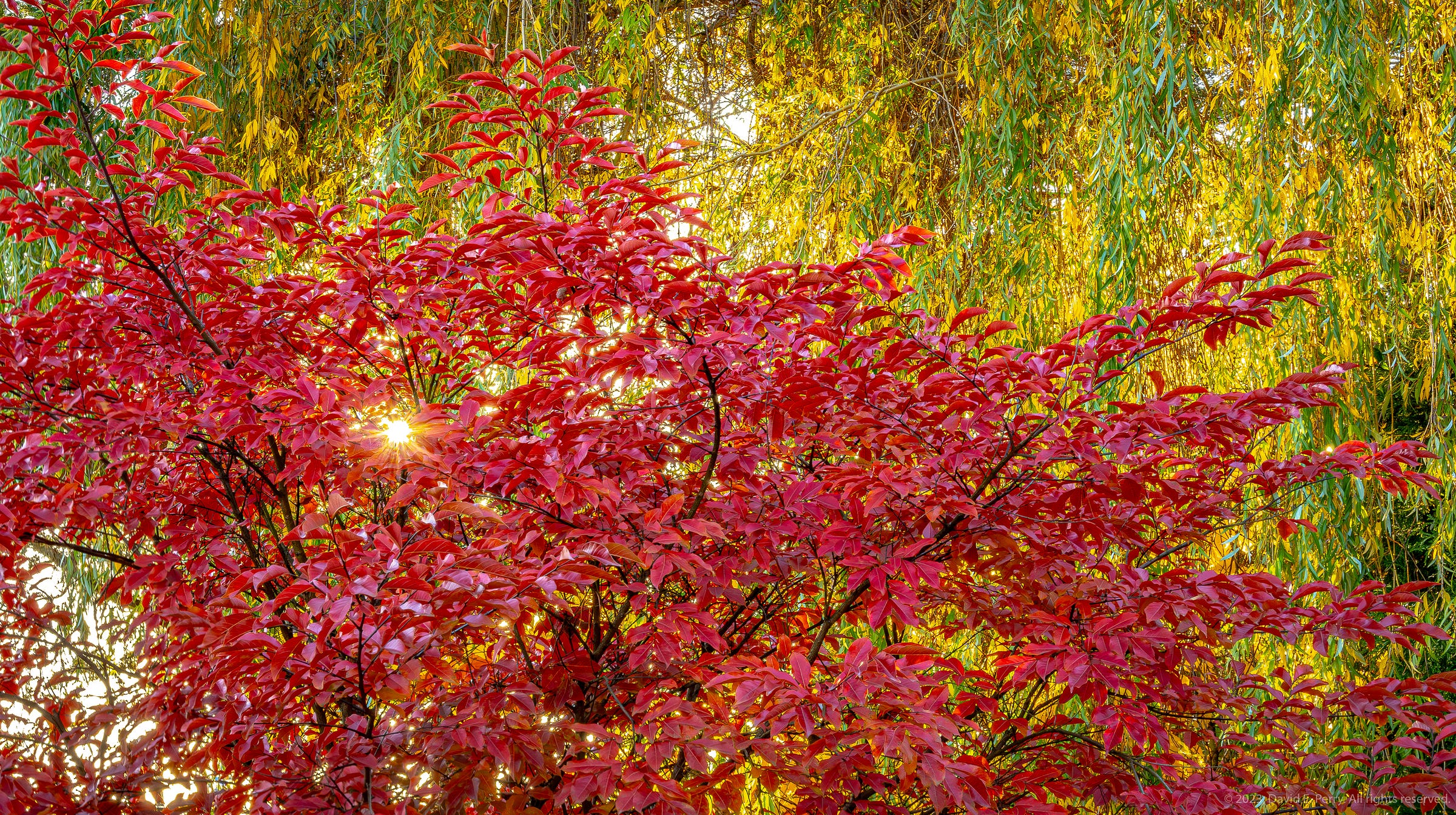
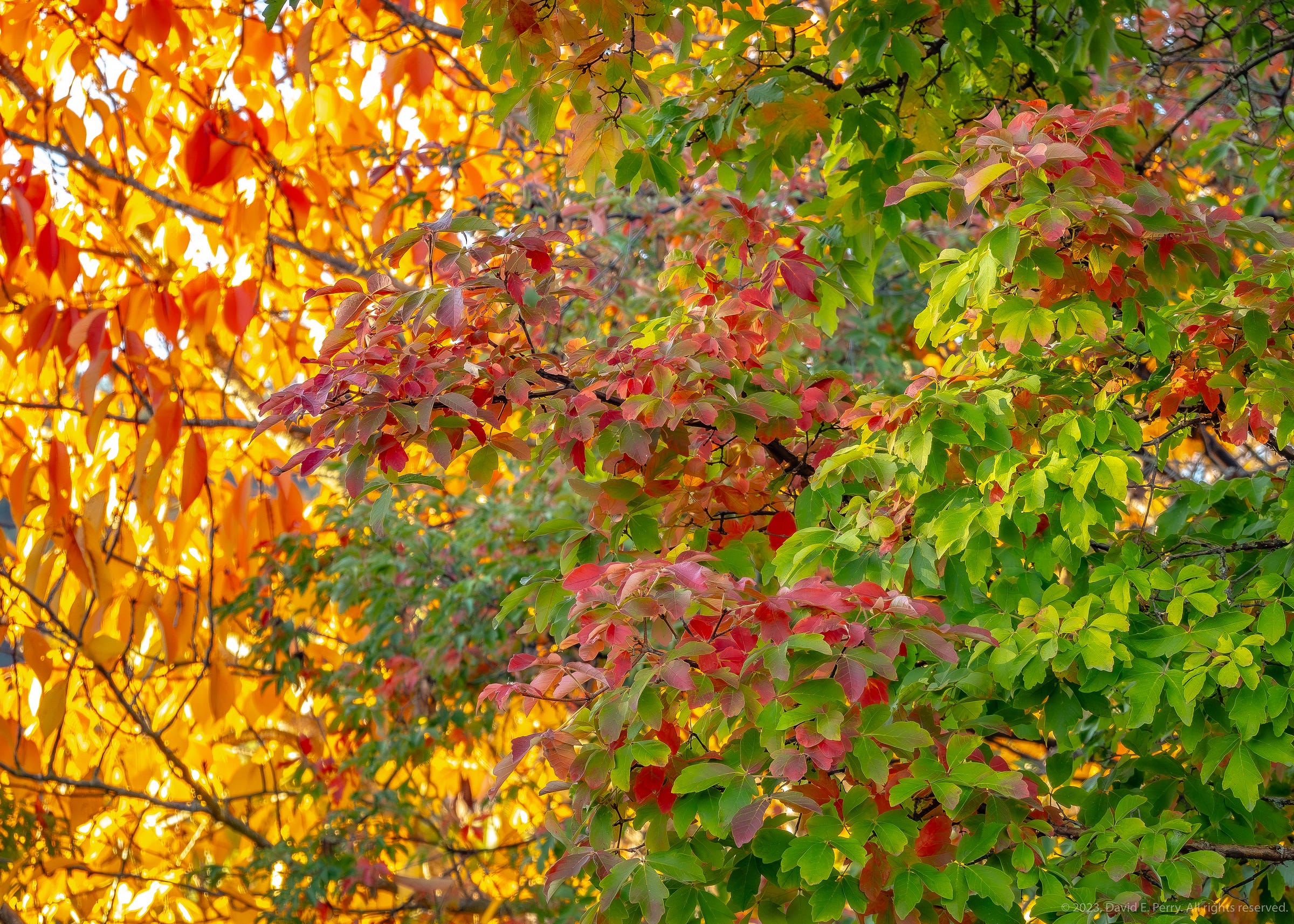
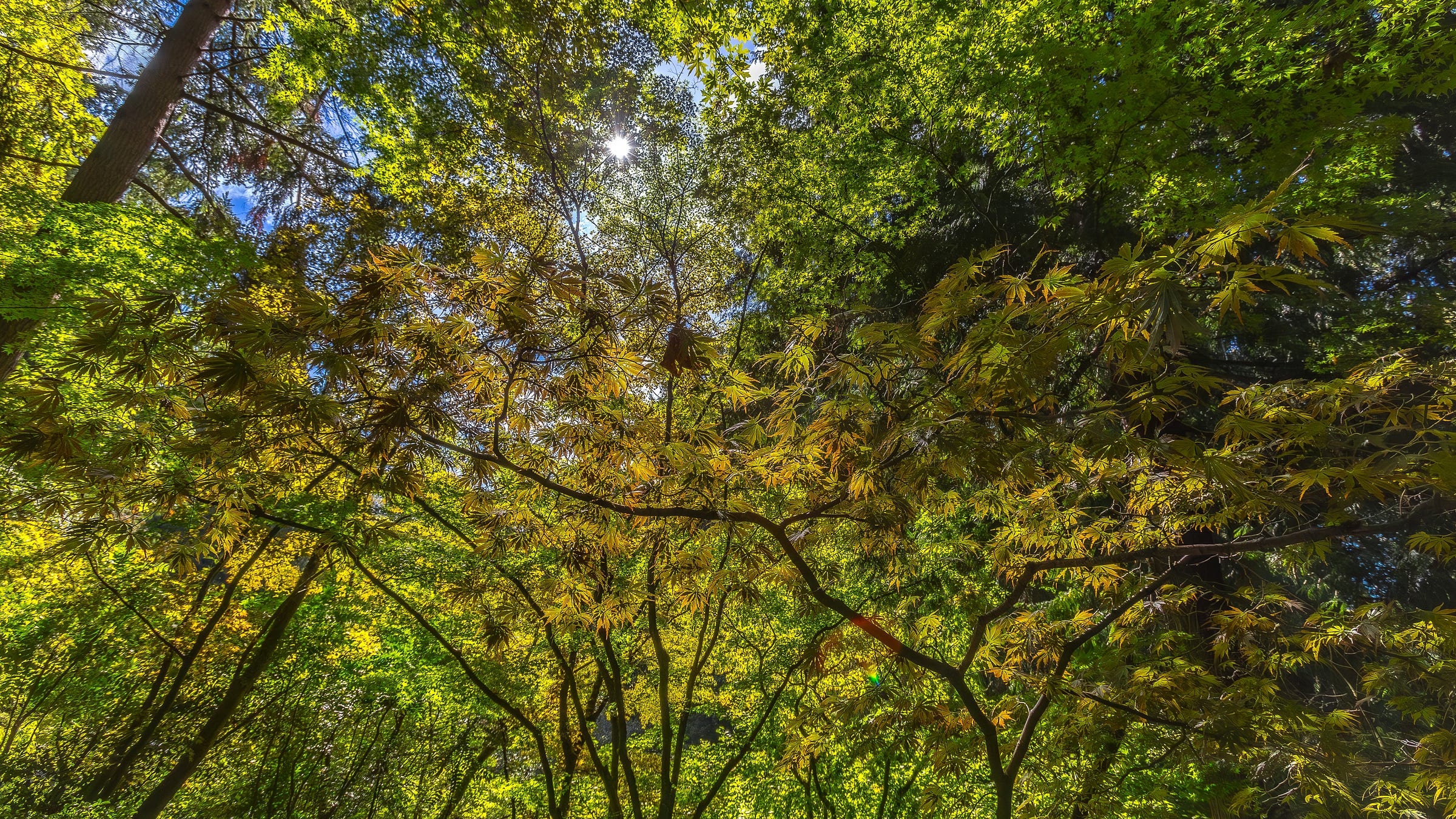

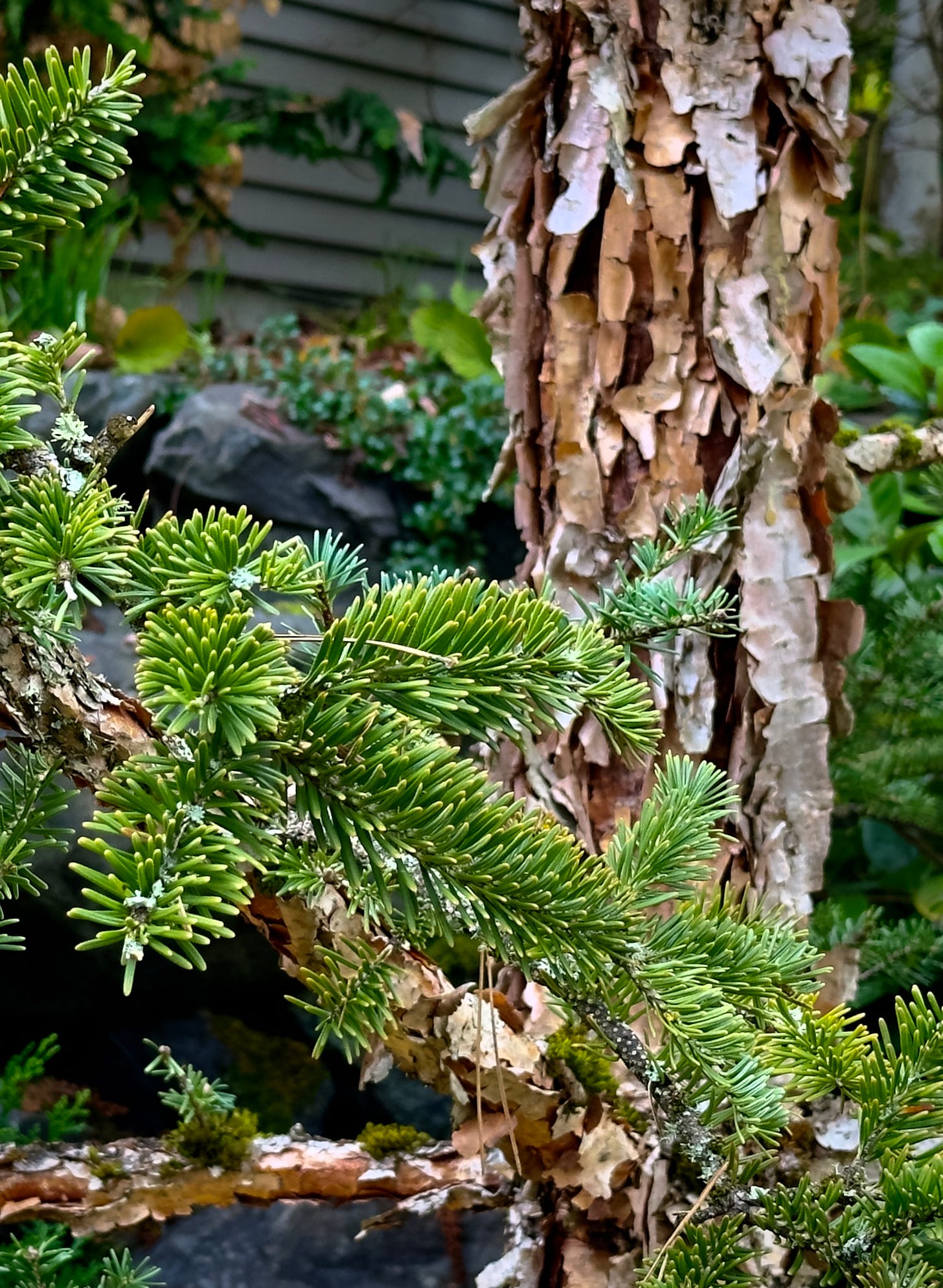
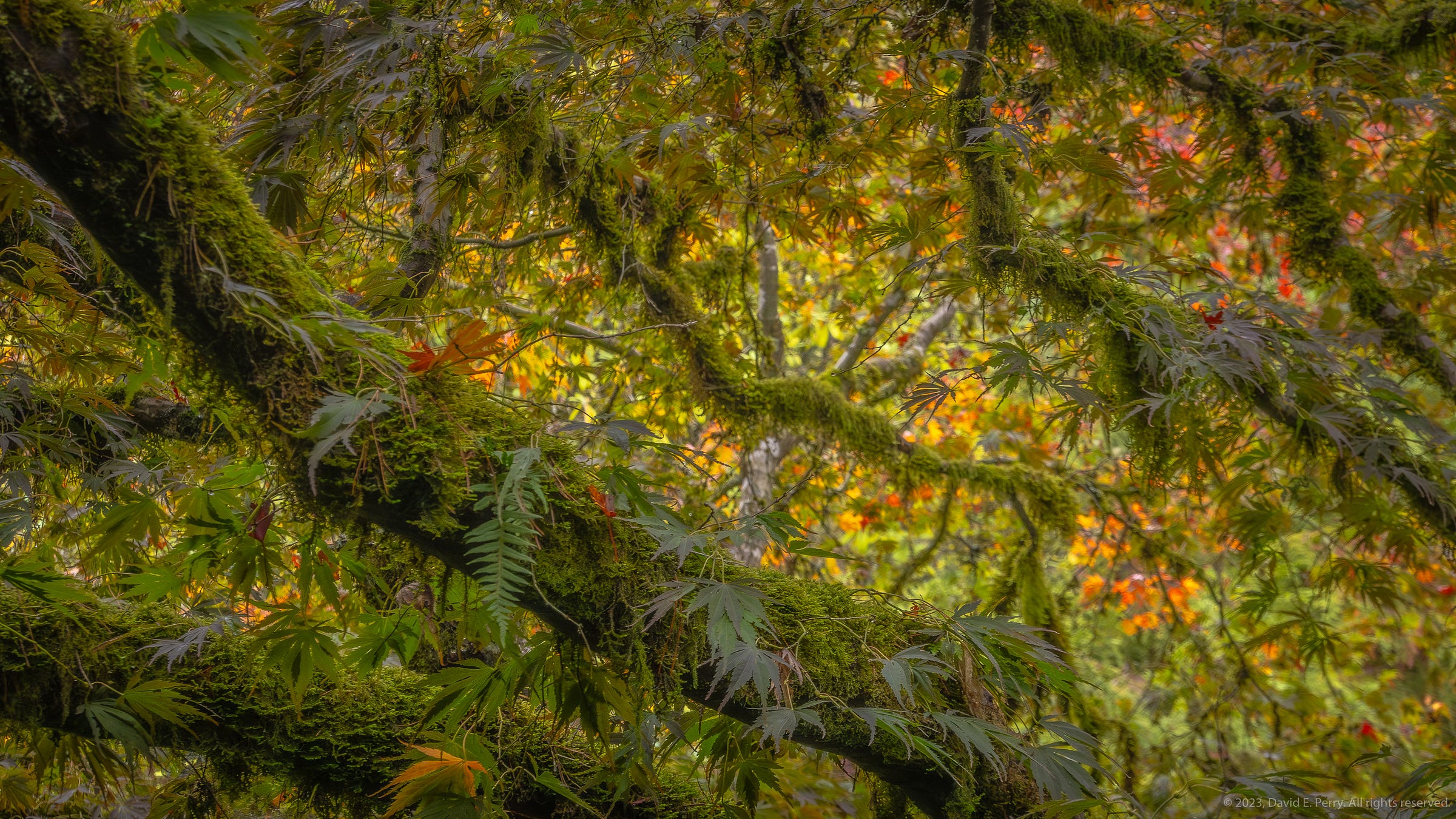
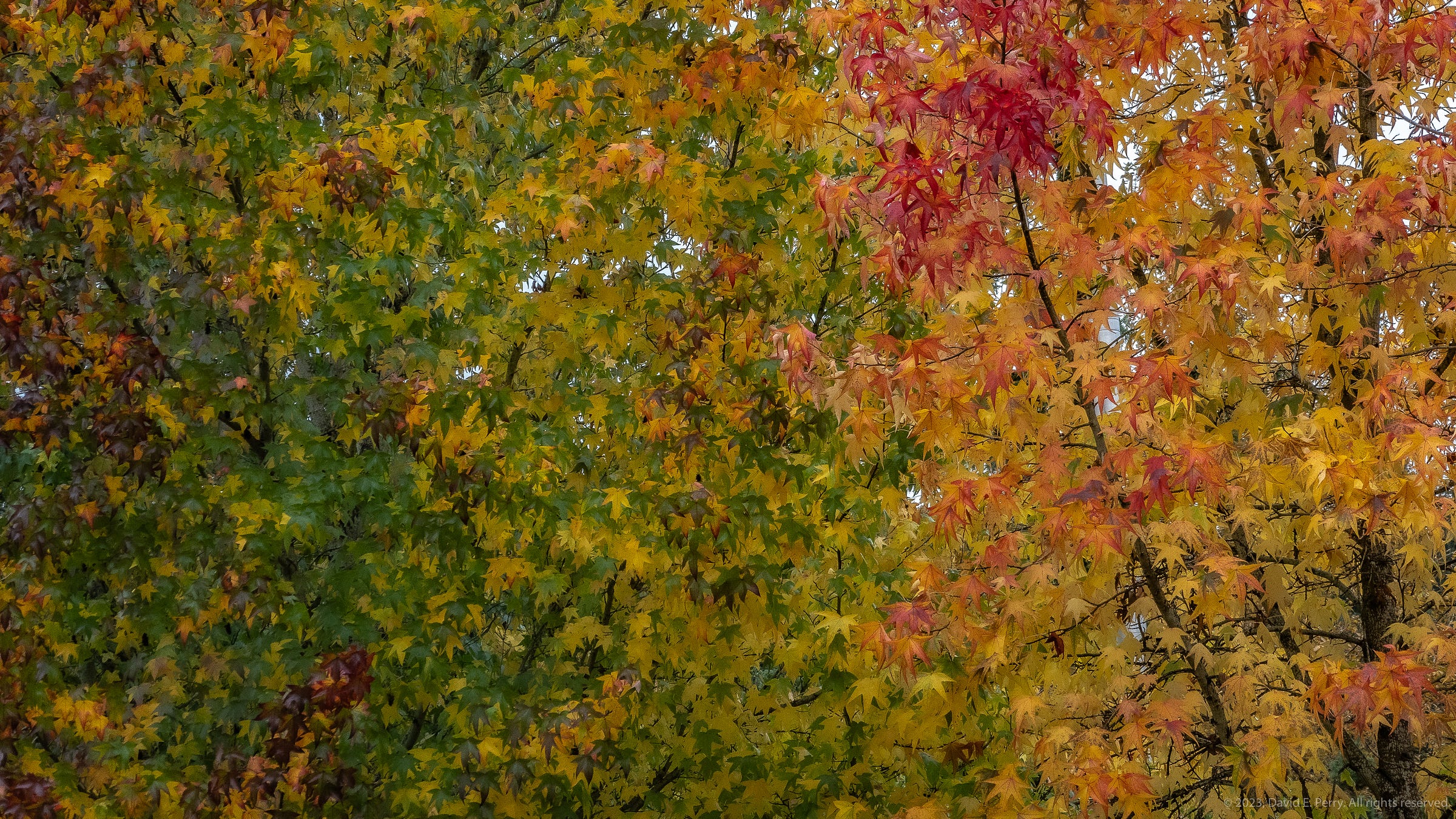
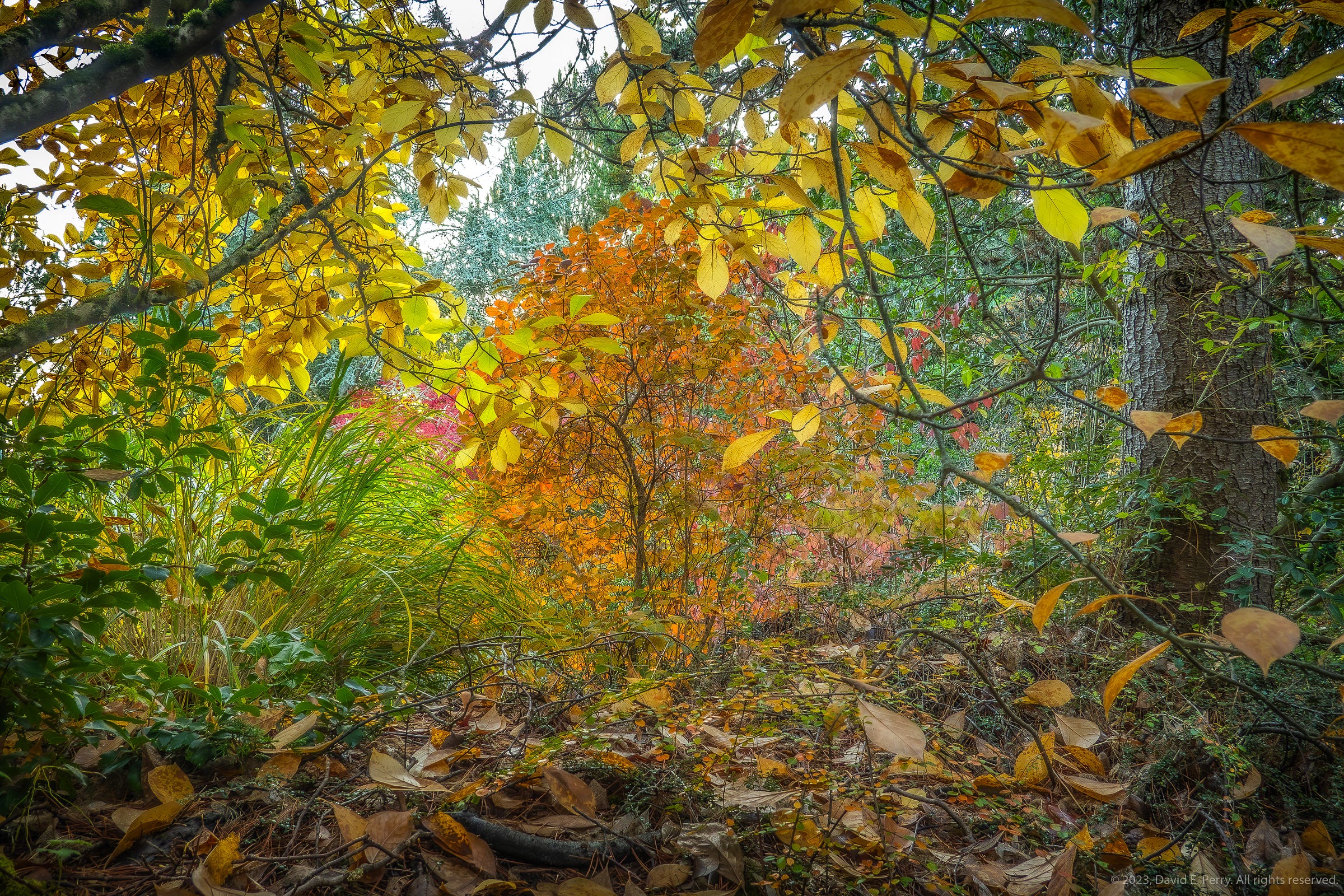
I started out trying to pick my “favorite” picture. Then I got nowhere. Then I asked myself which was the best picture for me today, and it’s the last one.
I agree, this is special in every way. You presented just about every profound experience of magic that can be found in the garden, from the rare and special plants, to the overwhelming beauty of nature, to the unexpected meeting of gardeners' minds and souls. I'm just grinning here! Thank you!